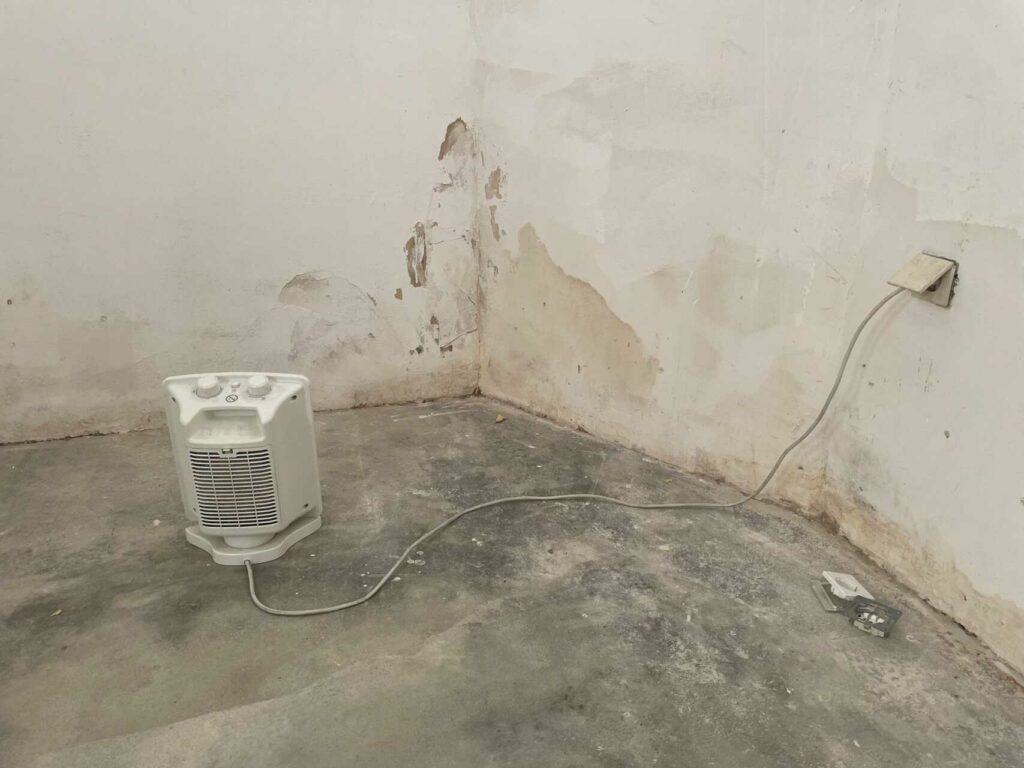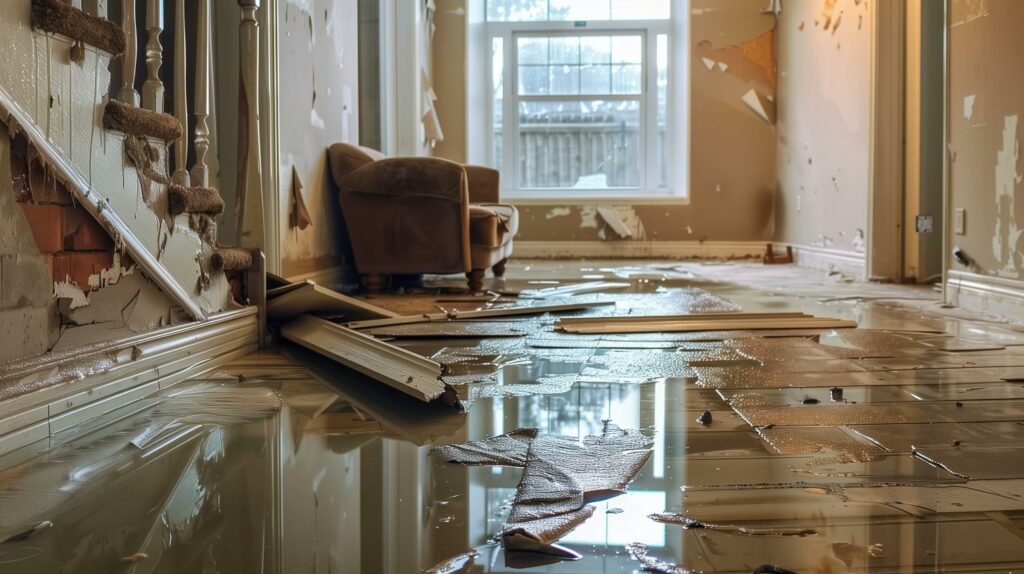Contents
Do you ever wonder how your kitchen sink drains all the dirty water? Well, you’re in the right place!
In this article, we’ll explore the connection between your kitchen sink drain and the sewer line. You’ll discover the important role of the P-trap in keeping your kitchen drainage system functioning smoothly.
Plus, we’ll delve into what happens to the wastewater once it enters the sewer line.
Stay tuned for some common issues and maintenance tips to keep your kitchen sink draining efficiently!
Key Takeaways
- The kitchen sink drain is connected to the sewer line, which carries wastewater to the municipal sewer system or septic tank.
- The P-trap plays a crucial role in kitchen sink drainage by preventing sewer gases from entering the home and trapping debris to prevent clogs in the sewer line.
- After entering the sewer line, wastewater undergoes primary, secondary, and sometimes tertiary treatment to remove debris, break down organic matter, and ensure the effluent is safe for discharge or reuse.
- To maintain proper kitchen sink drainage, it is important to prevent clogged drains by avoiding pouring grease or oil down the drain, using a sink strainer, and scheduling regular drain cleaning. Additionally, foul odors can be eliminated by cleaning the drain regularly and using natural cleaning agents like baking soda and vinegar.
How Does the Kitchen Sink Drain Work
To understand how the kitchen sink drain works, you need to know that it drains water through a pipe that connects it to the sewer line. When you turn on the faucet and let the water flow down the drain, it goes through a series of steps before it reaches the sewer line.
First, the water goes down the drain and enters the P-trap. The P-trap is a U-shaped pipe that’s designed to hold water and prevent sewer gases from coming back up into your kitchen. It acts as a barrier between your kitchen and the sewer line.
From the P-trap, the water flows down the drainpipe and into the main sewer line. The main sewer line is a larger pipe that connects to the municipal sewer system. It carries all the wastewater from your kitchen and other drains in your home to the sewage treatment plant.
Once the water reaches the sewer line, it joins the rest of the wastewater from your neighborhood. From there, it goes through a treatment process to remove impurities before it’s released back into the environment.
It’s important to keep your kitchen sink drain clean and free from clogs. Regularly pouring boiling water down the drain can help dissolve any grease or debris that may have built up. Avoid putting large food scraps or oils down the drain, as they can cause blockages.
Now that you understand how the kitchen sink drain works, you can take better care of it and ensure that it continues to serve you well. By being mindful of what goes down the drain, you can contribute to a healthy and efficient plumbing system in your home.
Understanding the Connection to the Sewer Line
When it comes to the connection between your kitchen sink drain and the sewer line, it’s important to understand how they’re linked in order to maintain a properly functioning plumbing system.
Here are five key points to help you understand the connection to the sewer line:
- The kitchen sink drain is connected to a pipe called the P-trap, which is designed to prevent sewer gases from entering your home.
- The P-trap is connected to a larger pipe called the drainpipe, which carries the wastewater from your sink to the sewer line.
- The sewer line is the underground pipe that carries wastewater from your home to the municipal sewer system or septic tank.
- The connection between the kitchen sink drain and the sewer line is typically made through a series of pipes and fittings, which allow for proper drainage and prevent leaks.
- It’s important to ensure that the connection between your kitchen sink drain and the sewer line is free from blockages and debris, as this can lead to clogs and backups in your plumbing system.
By understanding how your kitchen sink drain is connected to the sewer line, you can take the necessary steps to maintain a properly functioning plumbing system. Regularly inspecting and cleaning the pipes, as well as being mindful of what you put down the drain, can help prevent costly plumbing issues in the future.
The Role of the P-Trap in Kitchen Sink Drainage
To ensure proper drainage and prevent sewer gases from entering your home, the P-trap plays a crucial role in the kitchen sink drainage system. The P-trap is a curved pipe located beneath your kitchen sink that’s shaped like the letter ‘P.’ Its purpose is to trap a small amount of water in the bend of the pipe, creating a barrier between your home and the sewer line.
When you use your kitchen sink, water and waste flow down the drain and into the P-trap. The water forms a seal in the curve of the pipe, preventing any foul odors from traveling back up into your home. This water seal acts as a barrier, keeping sewer gases and bacteria from entering your kitchen and causing unpleasant smells.
The P-trap also serves another important function: it traps debris and prevents it from clogging your sewer line. As water and waste flow through the P-trap, heavier particles such as food scraps or grease can settle in the curve of the pipe. This prevents these materials from clogging the main sewer line, ensuring smooth drainage and preventing costly plumbing issues.
Regular maintenance of the P-trap is essential to keep your kitchen sink drainage system functioning properly. It’s recommended to periodically clean the trap by removing it and clearing any debris that may have accumulated. This simple step can help prevent clogs and keep your kitchen sink running smoothly.
What Happens to Wastewater After It Enters the Sewer Line
After wastewater enters the sewer line, it travels towards its final destination. Once inside the sewer line, the wastewater goes through a series of processes to ensure it’s properly treated before being released back into the environment.
- Primary treatment: The wastewater flows into a treatment facility where large debris and solids are removed through a process called screening. This helps prevent clogs and protects the equipment downstream.
- Secondary treatment: Next, the wastewater undergoes a biological treatment process. Microorganisms are added to the wastewater, which break down organic matter and remove nutrients. This step helps improve water quality and reduces the potential for environmental harm.
- Tertiary treatment: In some cases, the wastewater may undergo an additional treatment process called tertiary treatment. This step involves advanced filtration and disinfection methods to further remove impurities and ensure the water is safe for reuse or discharge.
- Sludge treatment: Throughout the treatment process, solids and sludge are separated from the wastewater. The sludge is then treated separately, often through a combination of processes such as digestion, dewatering, and drying. This helps reduce the volume of sludge and makes it easier to handle and dispose of.
- Effluent discharge: Finally, the treated wastewater, known as effluent, is discharged into a receiving body of water or used for beneficial purposes like irrigation or industrial processes. Before being discharged, the effluent is tested to ensure it meets the required quality standards set by regulatory agencies.
Common Issues and Maintenance Tips for Kitchen Sink Drainage
If you are experiencing common issues with your kitchen sink drainage, there are several maintenance tips that can help resolve the problem. Clogged drains are one of the most common issues homeowners face in the kitchen. This can be caused by a buildup of food particles, grease, or soap scum. To prevent clogs, make sure to scrape off any food scraps into the trash before washing dishes, and avoid pouring grease down the drain. Another common issue is a slow-draining sink. This can be caused by a partial clog or a problem with the drainpipe itself. One maintenance tip is to use a plunger to try and dislodge any blockages. If that doesn’t work, you can try using a drain snake to remove the clog. Additionally, foul odors coming from the sink can be a sign of bacteria or mold growth in the drain. To eliminate these odors, you can pour a mixture of baking soda and vinegar down the drain and let it sit for a few minutes before flushing it with hot water. Regularly cleaning the drain with a mild detergent can also help prevent odor buildup. Here is a table summarizing the common issues and maintenance tips for kitchen sink drainage:
| Common Issues | Maintenance Tips |
|---|---|
| Clogged drains | Scrape off food scraps and avoid pouring grease down the drain |
| Slow-draining sink | Use a plunger or drain snake to remove blockages |
| Foul odors | Pour baking soda and vinegar down the drain, clean regularly with mild detergent |
Conclusion
So, in conclusion, the kitchen sink drains into the sewer line through the P-trap. This essential plumbing component prevents sewer gases from entering the kitchen while allowing wastewater to flow out.
Once the wastewater enters the sewer line, it travels to the main sewer system and eventually gets treated at a wastewater treatment plant.
To ensure proper drainage, regular maintenance and addressing common issues like clogs are necessary.
You may also like: What are the 4 main parts of standard house plumbing?




